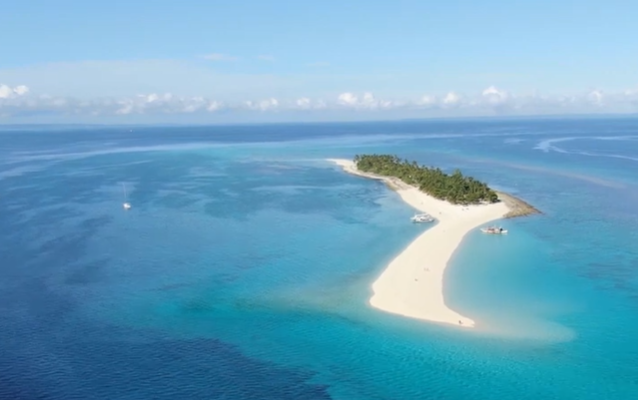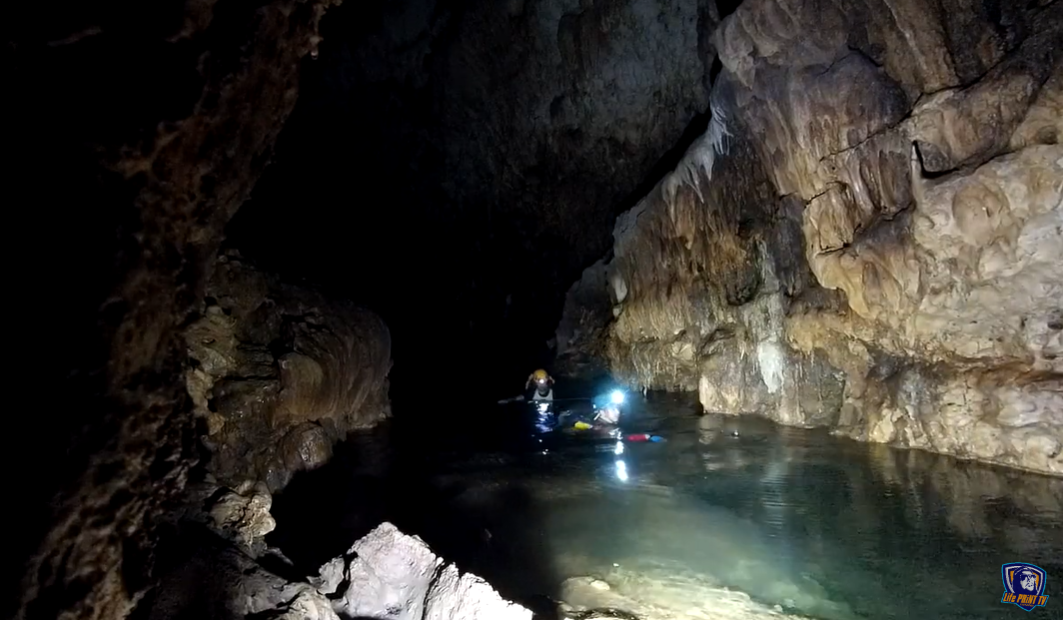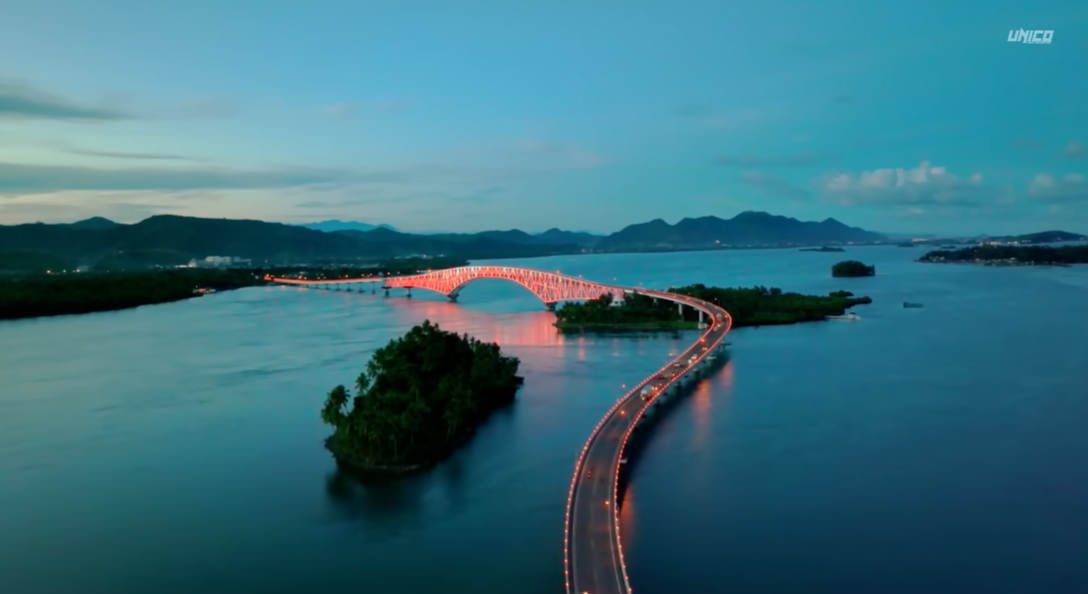Tourism as a Catalyst for Economic Growth: A Call for Strategic Development in Samar and Eastern Visayas
 El Nido, Vigan, Bohol, and Cebu are prime examples of how tourism can drive economic prosperity. When effectively harnessed, tourism serves as a powerful economic tool rather than an expense, generating revenue that directly benefits local communities. The success of these destinations has led to significant improvements in infrastructure, job creation, and enhanced public services. Their achievements underscore the critical importance of strategic tourism development, sustainable practices, and effective governance in transforming tourism into a vital economic engine.
El Nido, Vigan, Bohol, and Cebu are prime examples of how tourism can drive economic prosperity. When effectively harnessed, tourism serves as a powerful economic tool rather than an expense, generating revenue that directly benefits local communities. The success of these destinations has led to significant improvements in infrastructure, job creation, and enhanced public services. Their achievements underscore the critical importance of strategic tourism development, sustainable practices, and effective governance in transforming tourism into a vital economic engine.
In stark contrast, Samar remains one of the poorest provinces in the Philippines, with the highest poverty incidence in Region 8 and a position among the top 20 poorest provinces nationwide. This is particularly ironic given Samar's rich natural resources and breathtaking tourist spots, including its caves, beaches, waterfalls, forests, and diverse flora and fauna. The province is home to one of the country's last ecological frontiers, the Samar Island Natural Park, which, along with other sites like the Sohoton Caves, should be a magnet for tourists.
 Despite receiving government support, key tourist attractions like Lulugayan Waterfalls in Calbiga, the Torpedo Boat Ride in Paranas, and Tarangban Falls in Calbayog City have not realized their full potential. An ocular visit and conversations with locals reveal a disappointing reality: the revenue generated from these sites is insufficient to maintain the facilities, which are deteriorating rapidly. The cooperatives managing these attractions continue to rely on government aid, highlighting significant sustainability issues. Tourism should be a revenue generator, not an ongoing expense for local governments.
Despite receiving government support, key tourist attractions like Lulugayan Waterfalls in Calbiga, the Torpedo Boat Ride in Paranas, and Tarangban Falls in Calbayog City have not realized their full potential. An ocular visit and conversations with locals reveal a disappointing reality: the revenue generated from these sites is insufficient to maintain the facilities, which are deteriorating rapidly. The cooperatives managing these attractions continue to rely on government aid, highlighting significant sustainability issues. Tourism should be a revenue generator, not an ongoing expense for local governments.
Tourism development is a complex task requiring strategic planning and execution to make sites economically viable. Samar needs innovative strategies to attract and sustain a steady influx of visitors. Unfortunately, the current model used by government agencies and institutions has failed to achieve the necessary tourist volume. Despite having some of the best eco-tourism sites globally, the Philippines struggles with competitive tourist arrivals, reflecting the need for a fresh approach to project identification, planning, and execution.
 The San Juanico Bridge Lighting Project exemplifies poor economic foresight in project selection. While lighting the San Juanico Bridge is a commendable idea for tourism, its financial sustainability is questionable. The government, through TIEZA, allocated PhP 80 million for the project, with Samar Province spending an additional PhP 14 million for a power plant. However, the ongoing electricity costs, reportedly borne by Samar, raise concerns about the project's return on investment (ROI). The inability to replace busted LED lamps further underscores the financial strain. Although Samar Province claims the project as its brainchild, the benefits largely accrue to Tacloban City, which is more closely associated with the bridge. Most visitors drawn by the lights likely stay in Tacloban, where more infrastructure is being developed, while the Samar side remains underdeveloped.
The San Juanico Bridge Lighting Project exemplifies poor economic foresight in project selection. While lighting the San Juanico Bridge is a commendable idea for tourism, its financial sustainability is questionable. The government, through TIEZA, allocated PhP 80 million for the project, with Samar Province spending an additional PhP 14 million for a power plant. However, the ongoing electricity costs, reportedly borne by Samar, raise concerns about the project's return on investment (ROI). The inability to replace busted LED lamps further underscores the financial strain. Although Samar Province claims the project as its brainchild, the benefits largely accrue to Tacloban City, which is more closely associated with the bridge. Most visitors drawn by the lights likely stay in Tacloban, where more infrastructure is being developed, while the Samar side remains underdeveloped.
This situation reflects a broader issue: the tourism activities in Samar and other parts of Eastern Visayas are not strategically designed to attract tourists. Many projects lack thorough feasibility studies, leading to misaligned priorities and missed opportunities. For instance, the beautiful Kalanggaman Island in Leyte, known for its pristine sandbars, faces challenges related to environmental management and over-tourism. Similarly, Lake Danao in Ormoc, with its stunning views and eco-tourism potential, suffers from underdevelopment and inadequate facilities.
For Eastern Visayas to truly harness its tourism potential, local government units (LGUs), provincial governments (PLGUs), and key agencies like the Department of Public Works and Highways, Department of Trade and Industry, and Department of Environment and Natural Resources must collaborate on a unified, region-wide tourism strategy. Despite the region's stunning natural attractions, like the world-class eco-tourism sites of Samar, poor infrastructure—especially the roads—severely tarnishes the first and last impressions tourists have of the area. These bad experiences can overshadow the beauty of the sites themselves, leaving visitors with memories not of the breathtaking landscapes, but of the frustrating and uncomfortable journeys to reach them. In the age of social media, every tourist’s experience becomes a powerful advertisement. If they leave with a negative impression, that sentiment will be amplified online, leading to poor reviews and a damaged reputation for the destination.
The region must recognize that sustainable tourism goes beyond just showcasing natural beauty; it requires a commitment to providing a seamless and enjoyable experience from start to finish. Without this, tourism will continue to be more of an expense than a revenue stream. By focusing on improving infrastructure, offering unique and diverse attractions, and ensuring robust governance, Eastern Visayas can transform into a thriving destination that not only preserves its natural beauty but also leaves visitors with positive impressions that will inspire others to visit. The current reliance on repetitive festivals, beauty contests, and similar events does little to attract real spending tourists. It's time to rethink and diversify our offerings to provide tourists with unique, memorable experiences that offer true value for their money and leave them eager to return.
